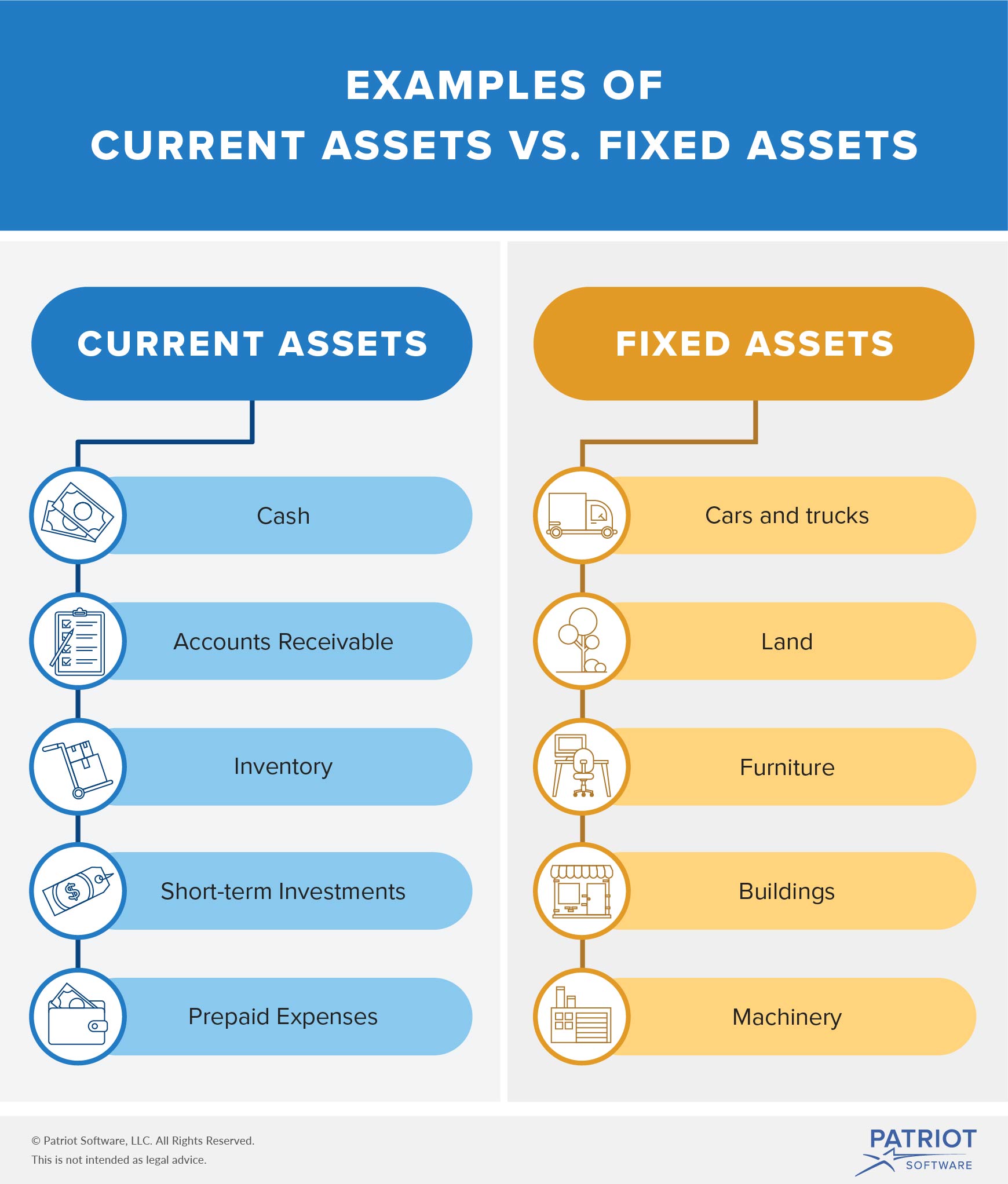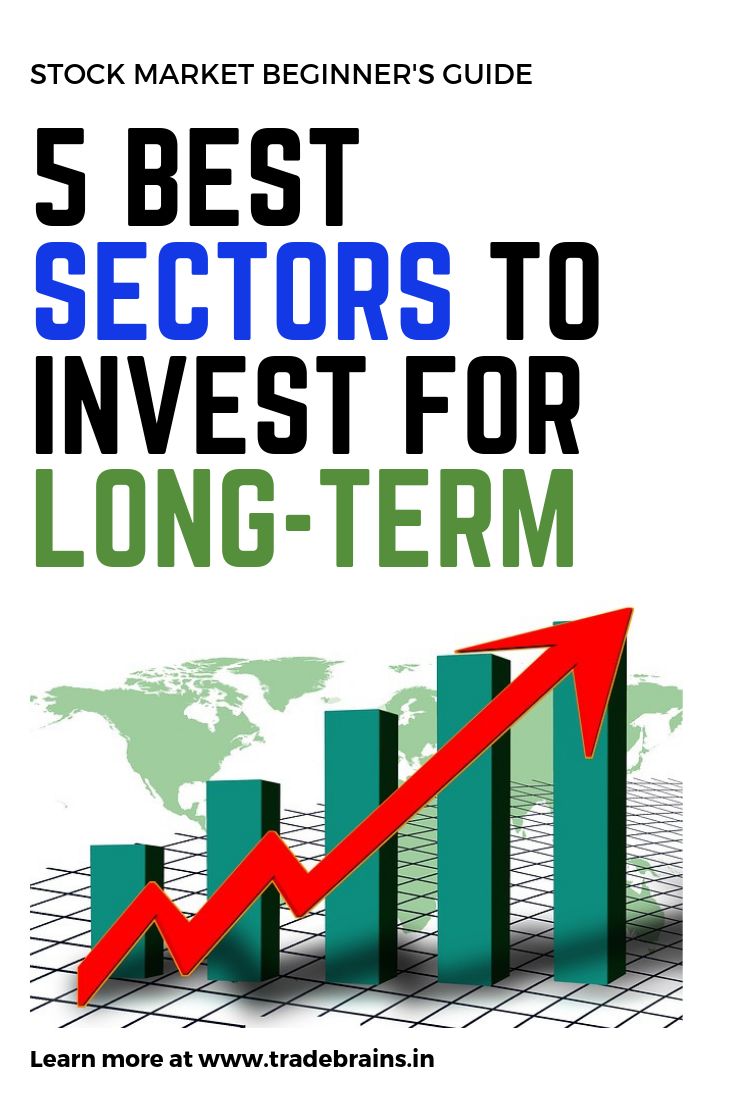Why Investing in the Right Assets Matters
Investing in the right assets is crucial for achieving long-term financial goals and securing a stable financial future. The best assets to buy are those that have a proven track record of growth and stability, providing a solid foundation for wealth creation. By investing in these assets, individuals can benefit from potential long-term appreciation in value, regular income, and reduced risk. For instance, investing in a diversified portfolio of stocks, real estate, and bonds can provide a balanced approach to wealth creation. When considering what assets to buy, it’s essential to evaluate their potential for growth, income, and risk management. This will help investors make informed decisions and create a tailored investment strategy that aligns with their financial objectives and risk tolerance.
Understanding Your Investment Goals and Risk Tolerance
Before investing in any asset, it’s essential to understand your investment goals and risk tolerance. This will help you determine the best assets to buy and create a tailored investment strategy that aligns with your financial objectives. To assess your financial situation, consider your income, expenses, debts, and savings. Evaluate your investment goals, such as retirement planning, wealth creation, or income generation. Consider your risk tolerance, including your comfort level with market volatility and potential losses. By understanding your investment goals and risk tolerance, you can make informed decisions and avoid investing in assets that may not be suitable for your financial situation. For instance, if you’re risk-averse, you may consider investing in bonds or dividend-paying stocks, which tend to be more stable and provide regular income. On the other hand, if you’re willing to take on more risk, you may consider investing in stocks or real estate, which offer potential for long-term growth and appreciation.
How to Invest in Stocks for Long-Term Growth
Investing in stocks can be an effective way to achieve long-term growth and passive income. When considering what are the best assets to buy, stocks offer a high potential for returns, but also come with higher risks. To get started with stock investing, it’s essential to choose a reputable brokerage account that aligns with your investment goals and risk tolerance. Look for a brokerage account that offers low fees, user-friendly interface, and a wide range of investment options. Once you’ve selected a brokerage account, you can start selecting individual stocks or index funds. Individual stocks offer the potential for high returns, but also come with higher risks. Index funds, on the other hand, provide broad market exposure and reduce individual stock risk. Consider investing in a mix of both individual stocks and index funds to create a diversified portfolio. Additionally, consider dollar-cost averaging, which involves investing a fixed amount of money at regular intervals, regardless of the market’s performance. This strategy can help reduce timing risks and avoid emotional decision-making.
Real Estate Investing: A Lucrative Option for Long-Term Wealth
Real estate investing can be a lucrative option for long-term wealth creation. When considering what are the best assets to buy, real estate offers a unique combination of rental income and potential long-term appreciation in property value. There are several types of real estate investments to consider, including direct property ownership and real estate investment trusts (REITs). Direct property ownership involves purchasing a physical property, such as a rental property or a vacation home, and managing it directly. REITs, on the other hand, allow individuals to invest in a diversified portfolio of properties without directly managing them. REITs can provide a steady stream of income and the potential for long-term growth, making them an attractive option for investors. Additionally, real estate investing can provide a hedge against inflation and market volatility, as property values and rental income tend to increase over time. However, real estate investing also comes with its own set of risks and challenges, such as property management and market fluctuations. It’s essential to carefully consider these factors and develop a well-thought-out investment strategy before investing in real estate.
The Benefits of Investing in Index Funds and ETFs
Index funds and ETFs offer a diversified investment portfolio that can provide broad market exposure and reduce individual stock risk. When considering what are the best assets to buy, index funds and ETFs can be an attractive option for investors seeking long-term growth and stability. These investments track a specific market index, such as the S&P 500, and provide exposure to a wide range of stocks or bonds. By investing in index funds and ETFs, individuals can benefit from diversification, low fees, and potential long-term growth. Additionally, index funds and ETFs can provide a hedge against market volatility and inflation, as they tend to perform well over the long-term. There are several types of index funds and ETFs to consider, including total stock market index funds, sector-specific ETFs, and bond index funds. When selecting an index fund or ETF, consider the underlying index, fees, and investment minimums. It’s also essential to evaluate the investment’s performance history and risk profile to ensure it aligns with your investment objectives and risk tolerance.
How to Invest in Bonds for Income and Stability
Bonds can provide a stable source of income and relatively low risk, making them an attractive option for investors seeking regular returns. When considering what are the best assets to buy, bonds can be a valuable addition to a diversified investment portfolio. There are several types of bonds to consider, including government bonds, corporate bonds, and municipal bonds. Government bonds, such as U.S. Treasury bonds, offer a low-risk investment option with a fixed return. Corporate bonds, on the other hand, offer a higher return but come with a higher level of risk. Municipal bonds offer a tax-free income stream and are often used to finance public projects. To get started with bond investing, consider working with a financial advisor or using an online brokerage platform. It’s essential to evaluate the bond’s credit rating, yield, and maturity date to ensure it aligns with your investment objectives and risk tolerance. Additionally, consider laddering your bond portfolio to reduce interest rate risk and increase liquidity.




:max_bytes(150000):strip_icc()/most-important-factors-investing-real-estate.asp-ADD-FINALjpg-32950329a30d4500b6d7e0fd0ba95189.jpg)

